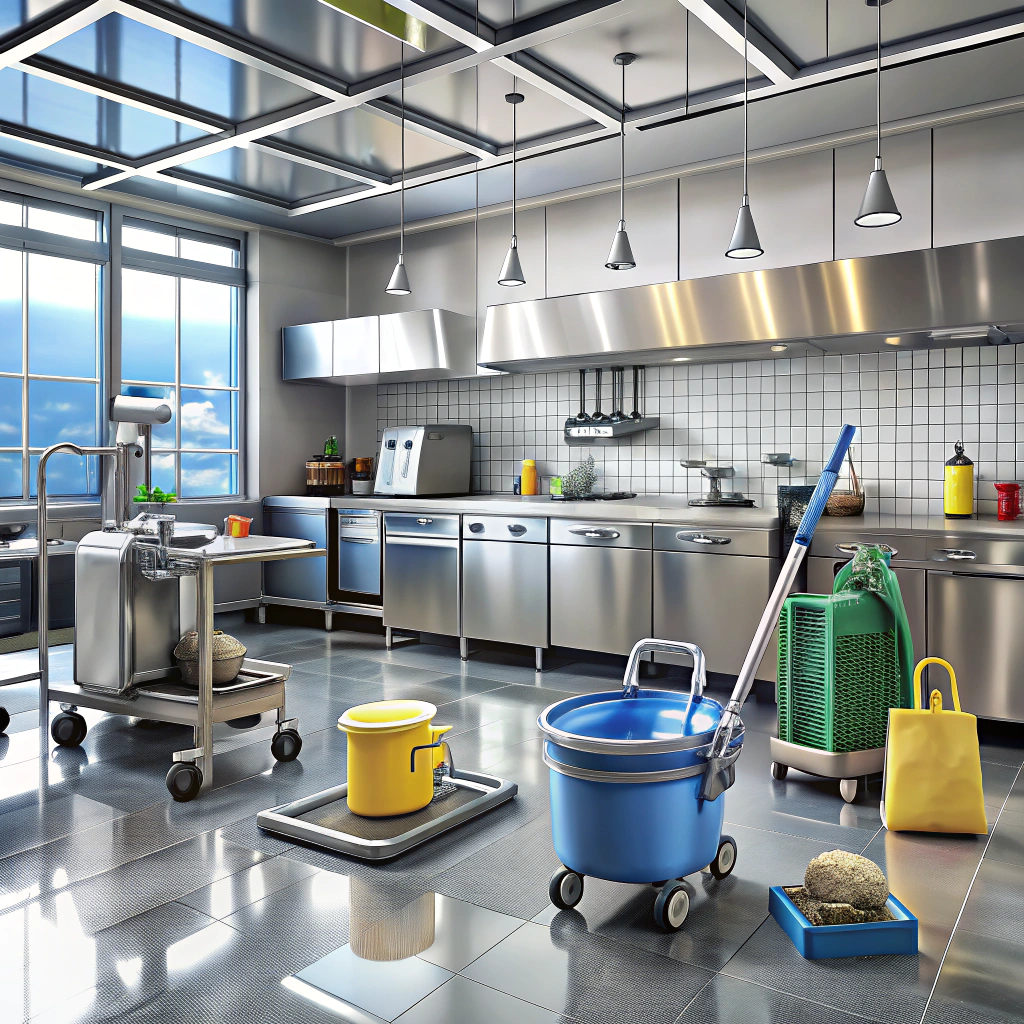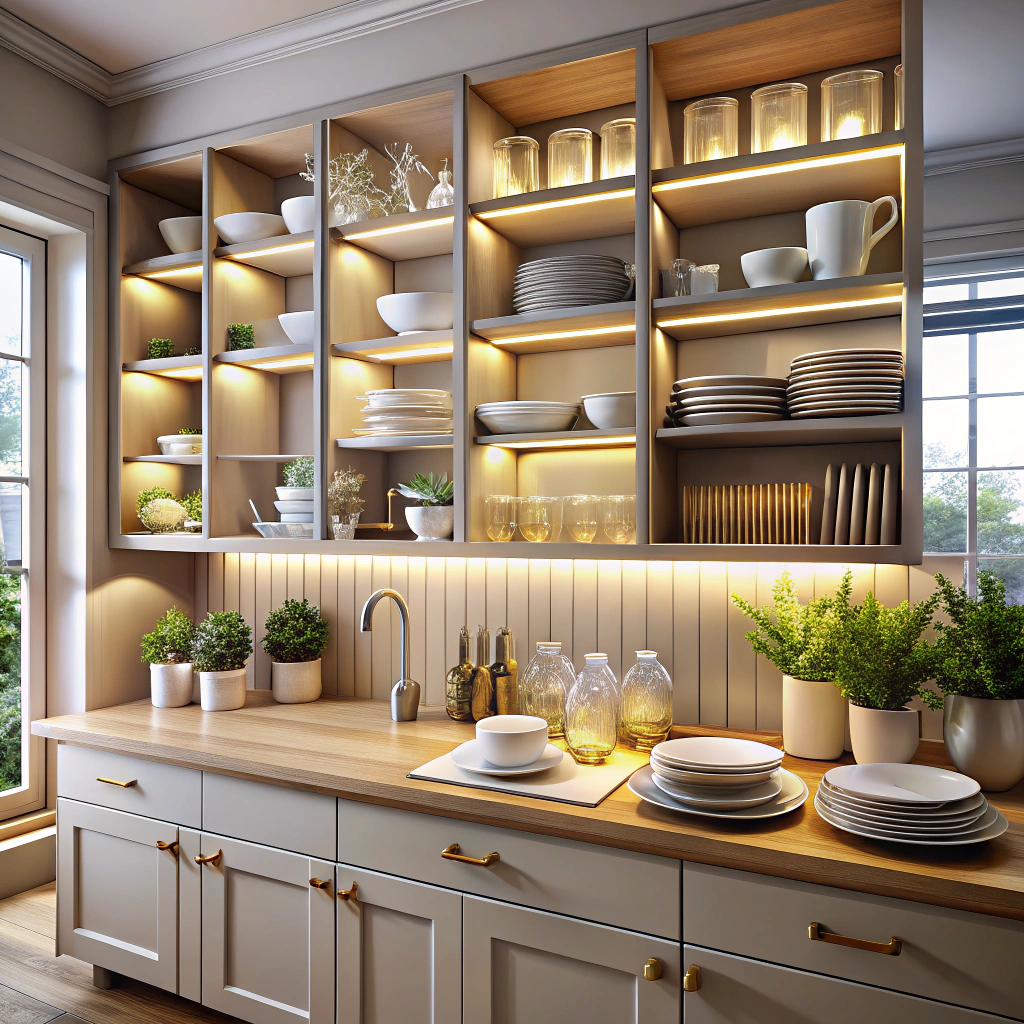Last updated on
Discover the advantages and disadvantages of using MDF for your kitchen cabinets as we delve into its suitability, durability, and aesthetics.
Are you planning to renovate your kitchen and wondering which material to use for your cabinets? There are a lot of options available in the market, but one that has been gaining popularity is MDF. MDF stands for Medium Density Fiberboard, and it’s a type of engineered wood made from wood fibers and resin.
But is MDF good for kitchen cabinets? In this article, we’ll explore the pros and cons of using MDF for kitchen cabinets so that you can make an informed decision. So let’s dive in!
What's Inside
Properties of MDF
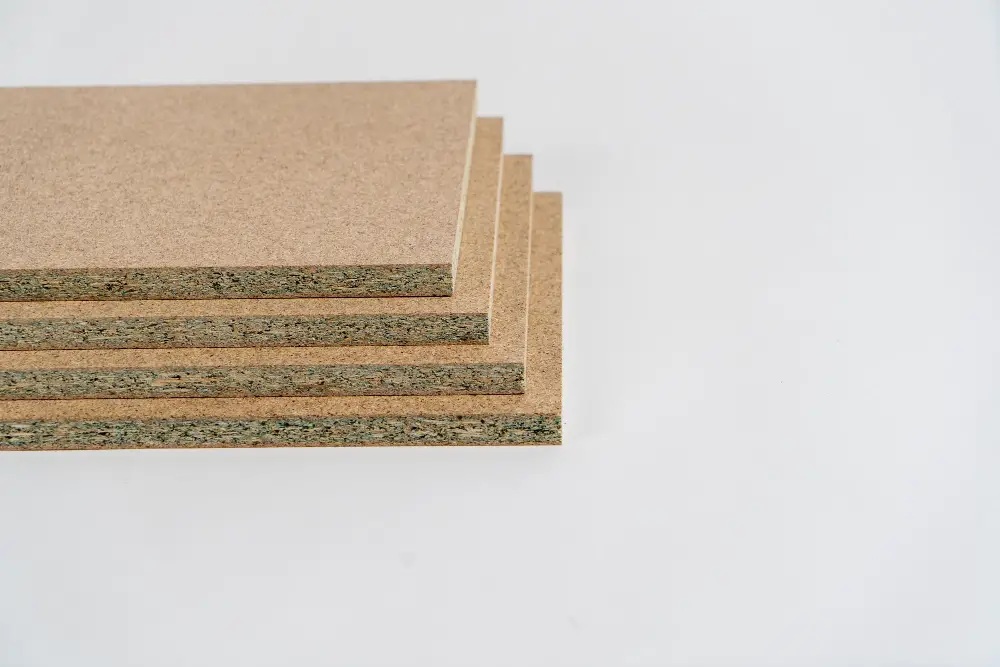
It’s made by breaking down hardwood or softwood residuals into wood fibers and then combining them with wax and resin binder under high temperature and pressure. The result is a dense, uniform panel that can be cut, shaped, drilled or routed without splintering or chipping.
One of the most significant properties of MDF is its consistency in density throughout the board. Unlike natural woods which have varying densities depending on their growth patterns, MDF has no knots or grain patterns to worry about when cutting it into shapes for your kitchen cabinets.
Another property worth mentioning is its smooth surface finish which makes it ideal for painting as well as laminating with veneers to achieve different looks such as oak, cherrywood among others.
MDF doesn’t warp like solid wood does because it’s not affected by changes in humidity levels; this means you won’t have to worry about your cabinet doors sticking during humid weather conditions.
What Is MDF in Kitchen Cabinets?
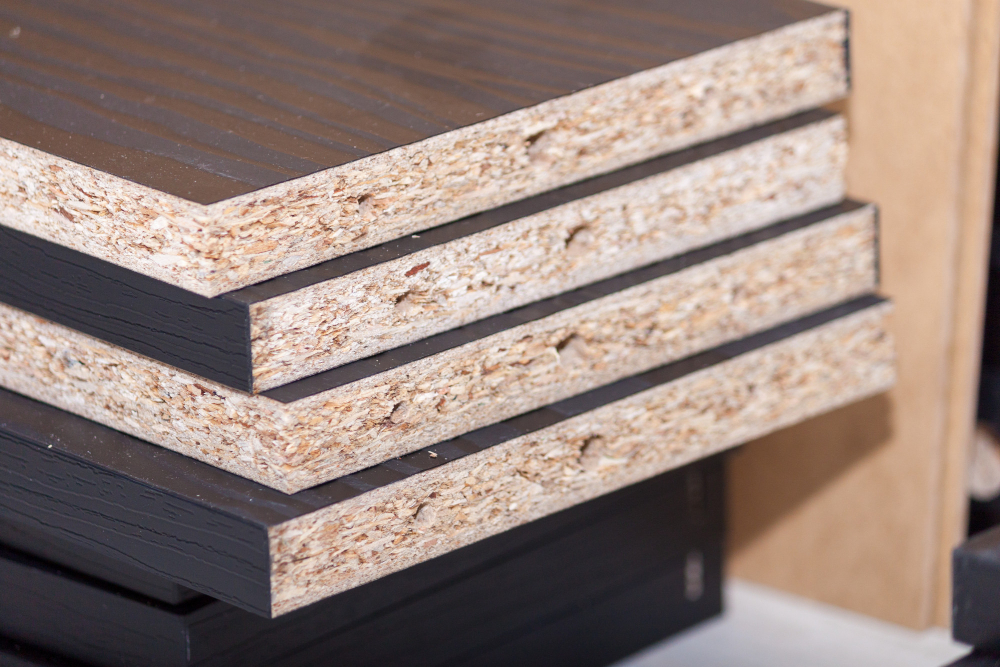
It’s made by breaking down hardwood or softwood residuals into wood fibers and combining them with wax and resin binder under high temperature and pressure. The resulting board is dense, flat, uniform, smooth, free of knots or grain patterns that can interfere with the finish.
In kitchen cabinetry applications, MDF panels are often used as a substrate for veneers or laminates because they provide an even surface that won’t warp over time like solid wood does. They also offer better screw-holding power than particleboard while being less expensive than plywood.
MDF has become increasingly popular in recent years due to its versatility and affordability compared to other materials such as solid wood or plywood.
Pros of Using MDF for Kitchen Cabinets

One of the main benefits is that MDF is easy to shape into any design, making it an ideal material for creating custom cabinetry. Unlike solid wood, which can be difficult and expensive to work with, MDF can be cut and shaped using standard woodworking tools.
Another advantage of using MDF in kitchen cabinets is that it’s reusable and recyclable. When you’re ready to replace your old cabinets or remodel your kitchen again in the future, you can recycle your old MDF materials instead of sending them straight to the landfill.
Compared with other materials like hardwoods or plywood used for cabinet construction; medium-density fiberboard (MDF) offers a more affordable option without sacrificing quality or durability. It’s also lighter than wood but still resists warps and splits over time.
Finally yet importantly when painting new cabinetry made from this engineered wood product there are no visible grains as opposed natural woods such as oak which have distinctive grain patterns that may not suit everyone’s taste.
MDF Is Easy to Shape Into a Design
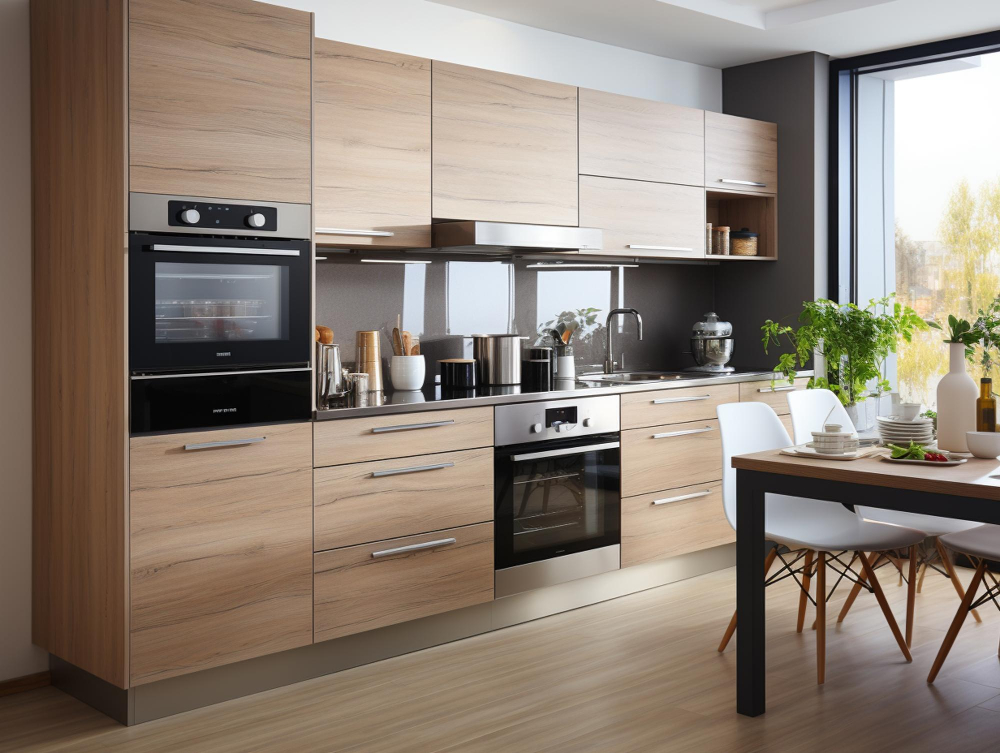
It’s an excellent choice for homeowners who want to customize their kitchen cabinets according to their preferences. MDF can be cut, routed, and drilled with precision using standard woodworking tools.
This means you can create intricate designs and patterns on your cabinet doors or add decorative elements like moldings without worrying about the wood grain pattern getting in the way.
Moreover, MDF has a smooth surface that makes it easy to paint or apply veneers of different colors and textures. You don’t have to worry about knots or other imperfections showing through as you would with natural wood materials.
However, keep in mind that while MDF is easy to shape into a design, it may not hold up as well over time compared to solid wood materials such as oak or maple. So if durability is your top priority when choosing kitchen cabinets material then consider other options before settling on MDF.
MDF Is Reusable and Recyclable
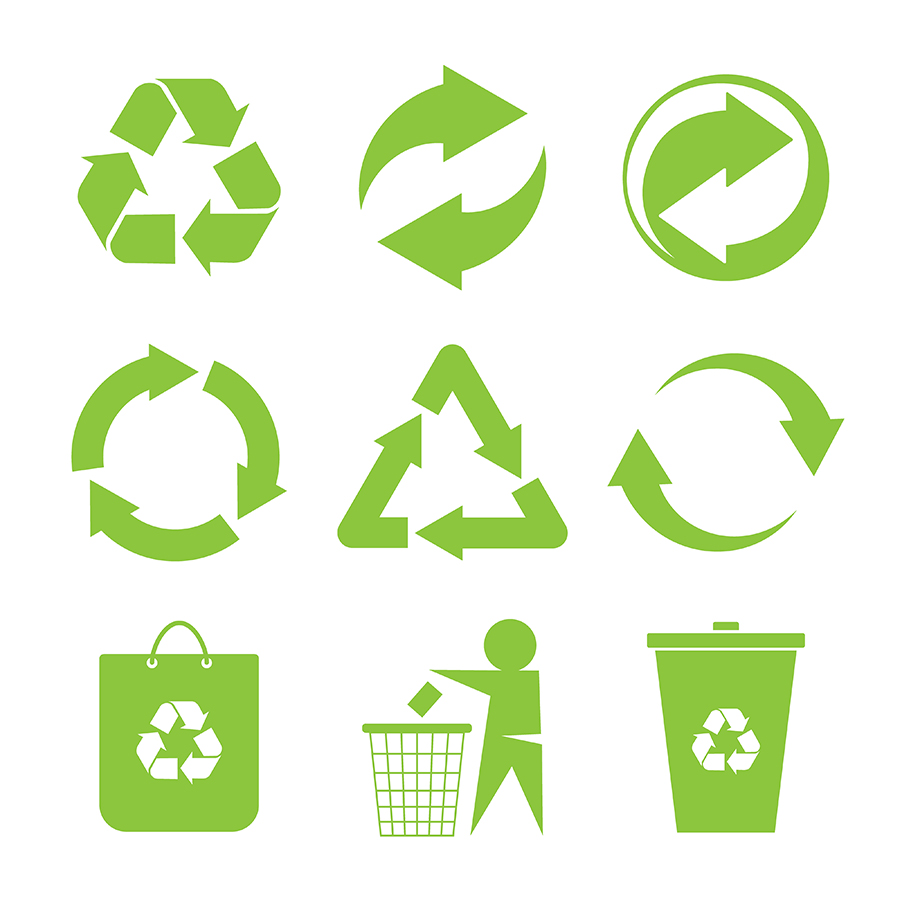
Unlike solid wood, MDF doesn’t have knots or other imperfections that make it difficult to reuse. This means that if you decide to replace your kitchen cabinets in the future, you can easily repurpose your old MDF cabinets for another project.
MDF is recyclable because it’s made from wood fibers and resin. When an MDF product reaches the end of its life cycle, it can be broken down into its component parts and used again in new products.
Using reusable and recyclable materials like MDF helps reduce waste while also conserving natural resources. It’s important to consider sustainability when choosing materials for home renovation projects like kitchen cabinet installation.
MDF Is Inexpensive and Replaceable
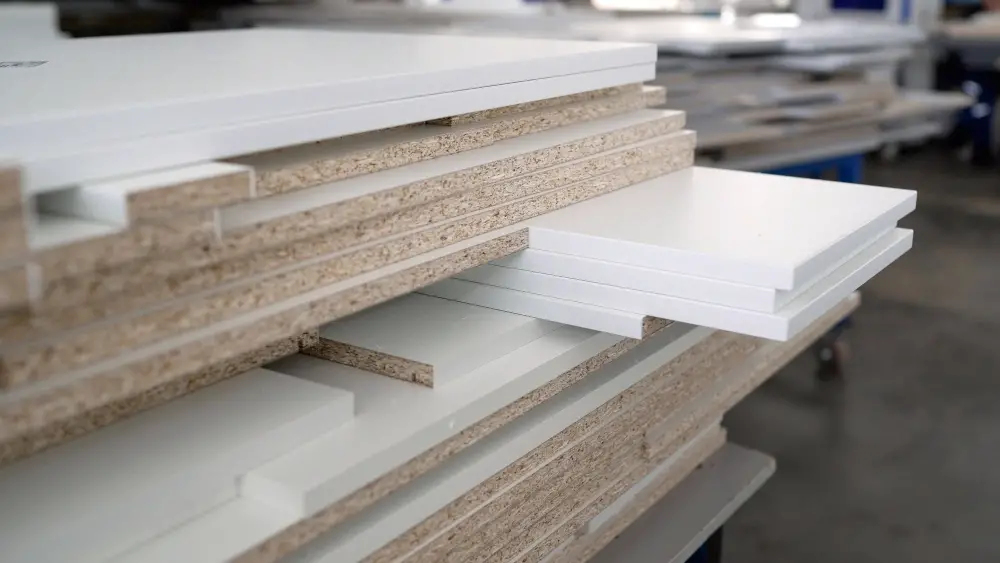
It’s less expensive than solid wood and plywood, making it a popular choice for homeowners on a budget. MDF is easy to replace if damaged or worn out over time.
One of the benefits of using MDF in your kitchen cabinets is that you can easily find replacement parts if needed. Unlike solid wood, which may require custom fabrication to match existing pieces, MDF components are readily available at most home improvement stores.
Another advantage of using MDF in your kitchen cabinets is that it allows you to achieve the look of more expensive materials without breaking the bank. With its smooth surface and ability to take paint well, you can create a high-end look with minimal cost by choosing an appropriate finish.
MDF Is Lighter Than Wood and Resists Warps and Splits
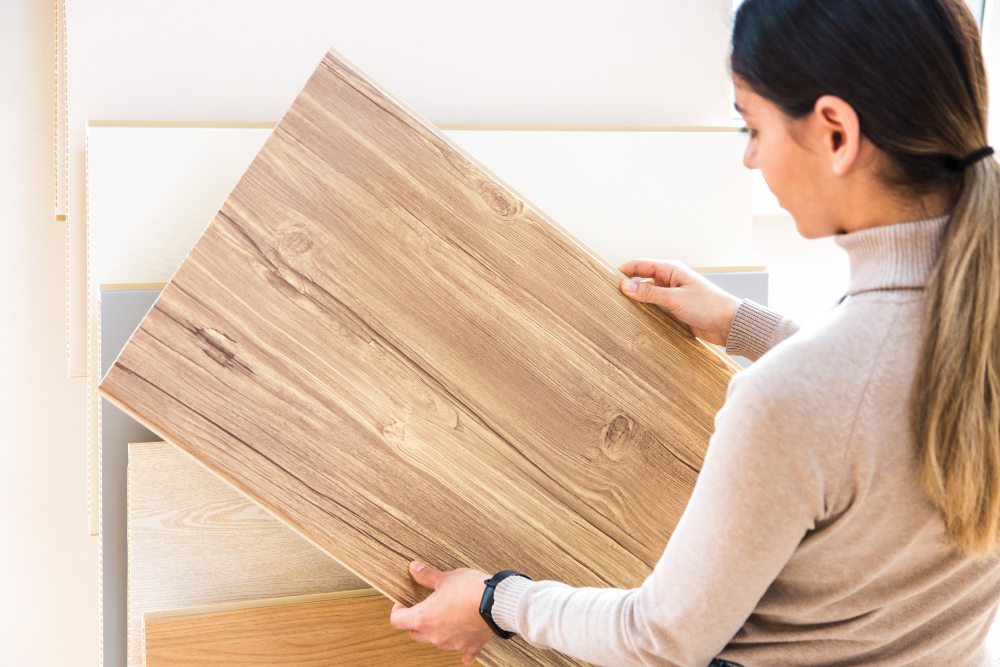
Unlike solid wood, MDF doesn’t have natural grains that can cause the material to warp or split over time. This makes it an ideal option for areas with high humidity levels, such as kitchens.
Moreover, MDF is made by compressing small fibers of wood together under high pressure and temperature. The result is a dense material that has no voids or knots like natural woods do.
As a result, MDF has consistent strength throughout its structure which makes it less prone to splitting or cracking.
The lightweight nature of MDF also means that installation can be easier compared to heavier materials like hardwoods which require more effort during installation due to their weighty nature.
MDF Sands Nicely and Is Easy to Paint
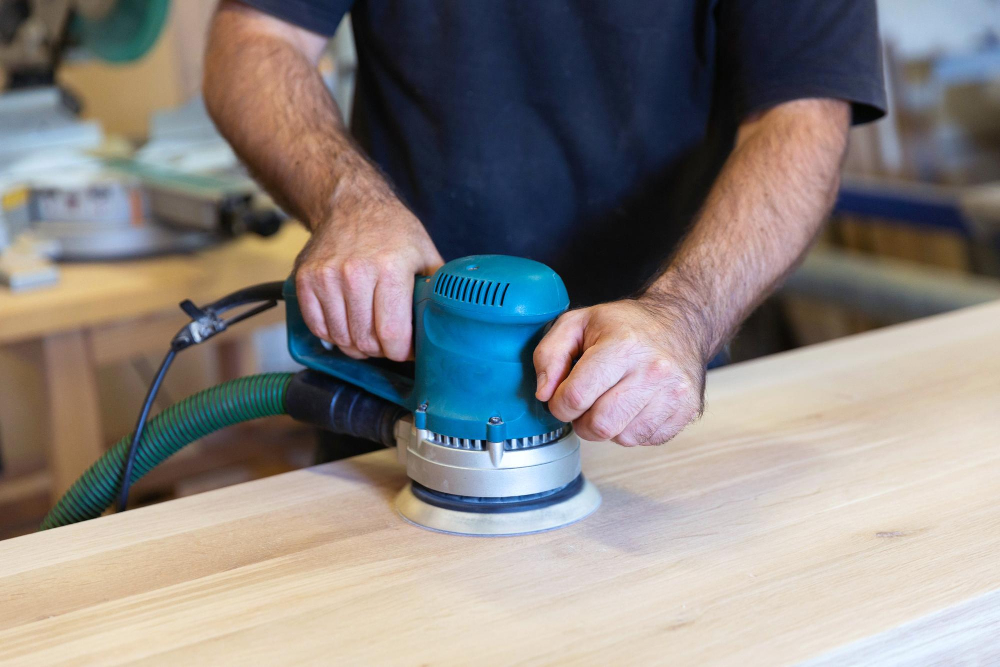
It’s also easy to sand and paint, making it an excellent choice for kitchen cabinets. Unlike solid wood, MDF has no natural grain patterns or knots that can interfere with the painting process.
This means you’ll get a smooth and even finish every time.
When sanding MDF, it’s essential to use fine-grit sandpaper to avoid damaging the surface of the board. You should also wear protective gear such as gloves and a mask since MDF dust can be harmful when inhaled.
Painting MDF is relatively straightforward since its surface is uniform and free from imperfections like knots or grains found in natural wood materials. However, before painting your cabinets made of this material, ensure they are clean by wiping them down with soap water solution then drying them off completely.
Cons of Using MDF for Kitchen Cabinets

One of the main cons of using MDF for kitchen cabinets is that it swells upon water contact. This means that if your kitchen experiences a leak or flood, your cabinets may become damaged beyond repair.
Another disadvantage is that MDF is less durable than solid wood and can easily chip or dent if not handled carefully. Since there’s no natural grain to MDF, it doesn’t have the same aesthetic appeal as real wood.
Furthermore, while MDF itself isn’t toxic or harmful to health when used in furniture making; however during its production process formaldehyde-based resins are used which emit volatile organic compounds (VOCs). These VOCs can cause respiratory problems and other health issues over time.
MDF Swells Upon Water Contact

Unlike solid wood, which can withstand moisture to some extent, MDF absorbs water quickly and expands. This property makes it unsuitable for areas with high humidity or where there’s a likelihood of spills and splashes.
If you’re considering using MDF in your kitchen, ensure that the cabinet doors are sealed correctly to prevent moisture from seeping in. You may also want to avoid installing them near sinks or dishwashers as these areas are prone to water damage.
It’s worth noting that while MDF isn’t waterproof, it can still be used in kitchens if proper precautions are taken during installation and maintenance.
MDF Is Less Durable for Kitchen Cabinets
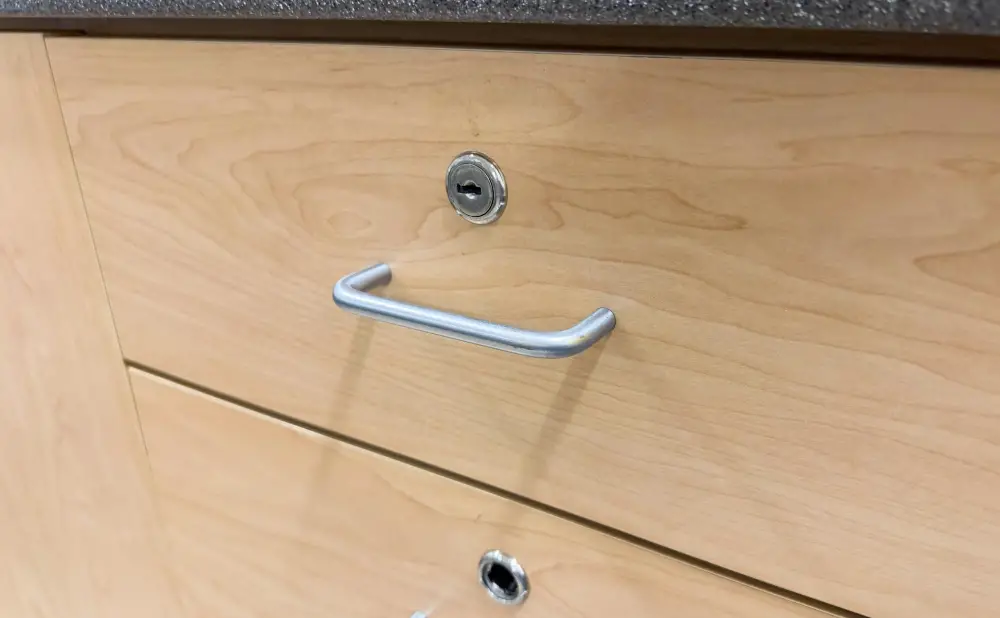
Unlike solid wood or plywood, MDF is more susceptible to damage from moisture and humidity. If exposed to water for an extended period of time, MDF can swell and lose its shape.
This makes it less suitable for areas in your kitchen where there is a lot of moisture such as near the sink or dishwasher.
While MDF can hold screws well initially when attaching hardware like handles and knobs onto cabinet doors and drawers over time they may loosen due to wear-and-tear on the softer material.
No Natural Grain to MDF
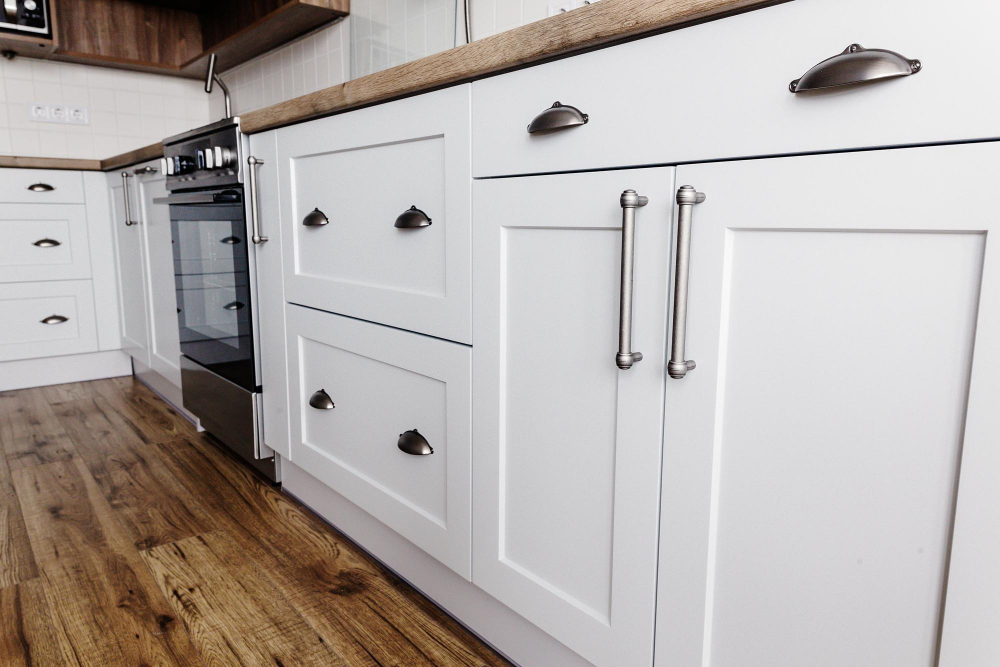
Unlike solid wood, which has a unique and beautiful pattern, MDF has a uniform texture that can look artificial. This may not be an issue if you plan to paint your cabinets or cover them with veneer or laminate.
However, if you prefer the natural look and feel of wood, then MDF may not be the best choice for you.
On the other hand, some people like the consistency and predictability of MDF’s surface because it allows them to achieve a smooth finish without any irregularities or knots getting in their way. Since there are no visible grains on its surface when painted over with high-quality paint finishes such as lacquer paints; this makes it easier to create modern designs where clean lines are essential.
VOCs From MDF

These are chemicals that can be harmful to human health and the environment. The adhesives used in making MDF contain formaldehyde, which is a known carcinogen.
When exposed to heat or moisture, these chemicals can be released into the air and cause respiratory problems.
However, there are ways to minimize exposure to VOCs from MDF cabinets. One way is by choosing low-VOC or no-VOC finishes when painting or sealing your cabinets.
Another option is by selecting an eco-friendly brand of MDF that uses non-toxic binders.
MDF Vs Solid Wood: A Comparison
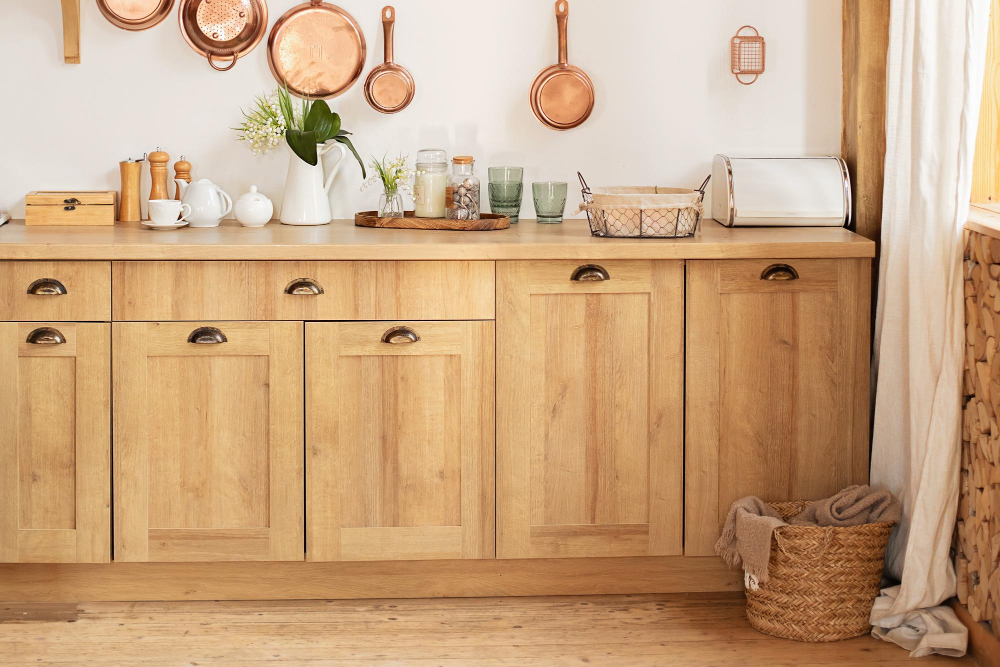
MDF is becoming increasingly popular due to its affordability and versatility. But how does MDF compare with solid wood?
Solid wood is a natural material that offers durability and strength. It’s also known for its unique grain patterns that add character to any space.
Solid wood cabinets are more expensive than MDF ones because of their high-quality materials and craftsmanship.
On the other hand, while MDF doesn’t have natural grains like solid woods do, it can be easily painted or laminated with veneers or laminates in various colors and textures according to your preference.
MDF is less prone to warping compared with some types of hardwoods such as oak which makes them ideal for humid environments like kitchens where moisture levels tend towards higher side.
MDF Vs Plywood: A Comparison
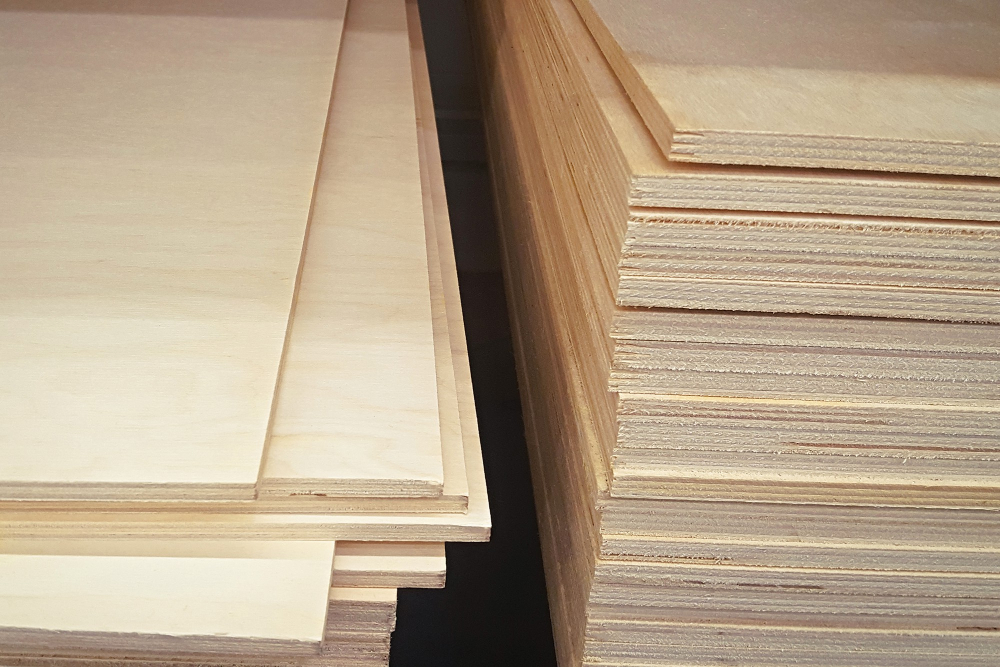
While MDF is made from wood fibers, plywood is made by gluing together thin layers of wood veneer. Both materials have their advantages and disadvantages.
Plywood has a natural grain pattern that gives it an attractive appearance, making it ideal for use in high-end kitchens. It’s also more durable than MDF since the layers of veneer provide strength to the material.
Plywood can withstand moisture better than MDF, which makes it suitable for areas with high humidity levels like kitchens.
On the other hand, MDF doesn’t have a natural grain pattern but can be easily painted or laminated to achieve any desired look or finish you want in your kitchen cabinets. It’s also less expensive compared to plywood and easier to work with due to its uniformity in density throughout its thickness.
How to Choose the Right Material for Kitchen Cabinets
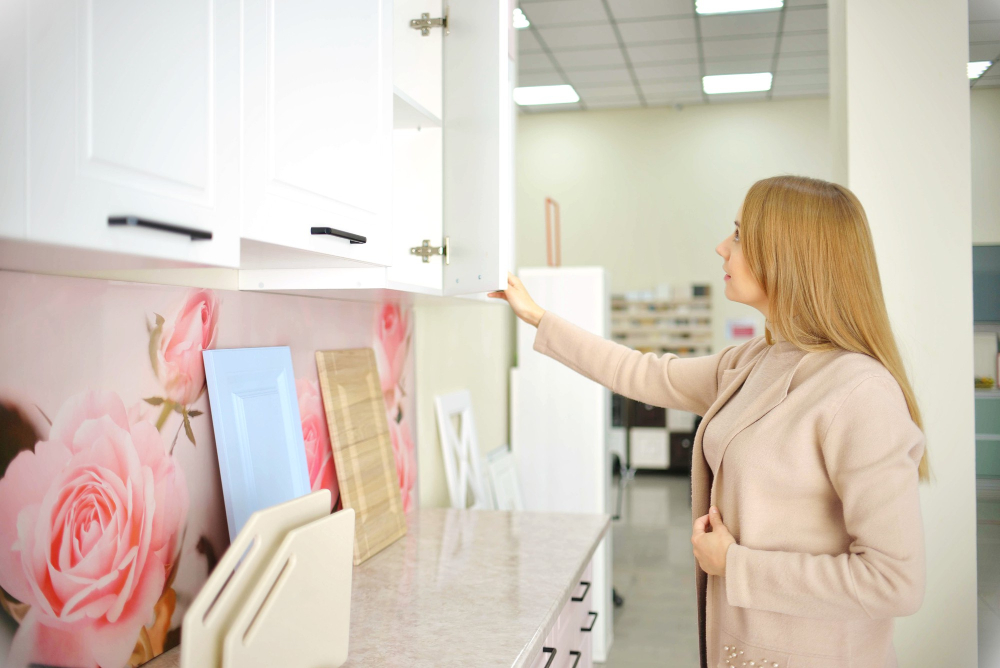
First and foremost is durability. Kitchen cabinets are subjected to a lot of wear and tear, so you want a material that can withstand daily use without showing signs of damage.
Another important factor is aesthetics. You want your kitchen cabinets to look good and complement the overall design of your home.
Some materials like wood have natural grains that add character while others like MDF offer more flexibility in terms of shaping into different designs.
Cost is also an essential consideration when selecting cabinet materials as some options may be more expensive than others but provide better value in terms of longevity or maintenance costs.
Lastly, environmental impact should not be overlooked when making this decision as some materials may contain harmful chemicals or contribute significantly towards deforestation if they’re sourced from non-sustainable forests.
Tips On Maintaining MDF Cabinets
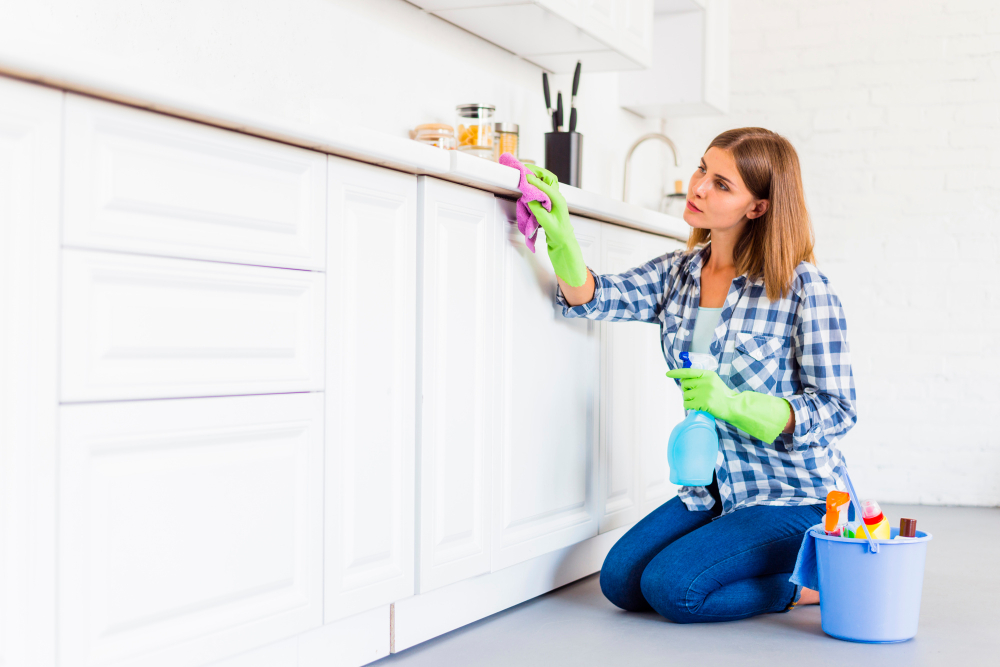
Here are a few tips on how to maintain your MDF kitchen cabinets:
1. Avoid Water Contact: As mentioned earlier, MDF swells upon water contact and can cause permanent damage.
So make sure you wipe off any spills or splashes immediately.
2. Use Soft Cloth: When cleaning your MDF cabinets, use a soft cloth or sponge instead of abrasive materials that can scratch the surface.
3. Avoid Harsh Chemicals: Harsh chemicals like bleach and ammonia can damage the finish of your cabinet doors over time; therefore, avoid using them when cleaning.
4. Regular Dusting: Dust accumulates quickly on surfaces in the kitchen area due to cooking activities; hence regular dusting with a dry cloth will help prevent dirt buildup.
5. Protect from Heat Sources – Keep hot appliances away from direct contact with cabinet doors as heat sources may cause warping or discoloration over time.
Cost Analysis: MDF Vs. Alternatives

MDF is an affordable option compared to solid wood or plywood. The price of MDF varies depending on the thickness and quality you choose, but generally speaking, it’s less expensive than other materials.
Solid wood cabinets are more expensive because they require high-quality lumber and skilled labor for construction. Plywood is also pricier than MDF due to its superior strength and durability.
However, keep in mind that the cost of installation may vary based on your location and contractor fees. It’s essential to get quotes from different contractors before making a final decision.
FAQ
What are the disadvantages of MDF kitchen cabinets?
Disadvantages of MDF kitchen cabinets include susceptibility to scratches, irreparability of surface damage, and poor performance under extreme heat.
Are kitchen cabinets made of MDF good?
Yes, kitchen cabinets made of MDF are good due to their density, smooth finish, and ability to be machined for various 3-D profiles, making them ideal for painted cabinet doors.
Are MDF cabinets high end?
MDF cabinets can be considered high-end as both MDF and plywood are used in high-end cabinet construction.
How do MDF kitchen cabinets compare to solid wood cabinets in terms of durability and longevity?
MDF kitchen cabinets are generally less durable and have a shorter lifespan than solid wood cabinets.
What measures can be taken to protect MDF kitchen cabinets from moisture and humidity?
To protect MDF kitchen cabinets from moisture and humidity, one can apply a quality sealant, use moisture-resistant MDF materials, maintain proper ventilation, and control the humidity levels in the kitchen.
Can MDF cabinets be easily customized in terms of design and finish compared to other cabinet materials?
MDF cabinets can be more easily customized in terms of design and finish compared to other cabinet materials.



